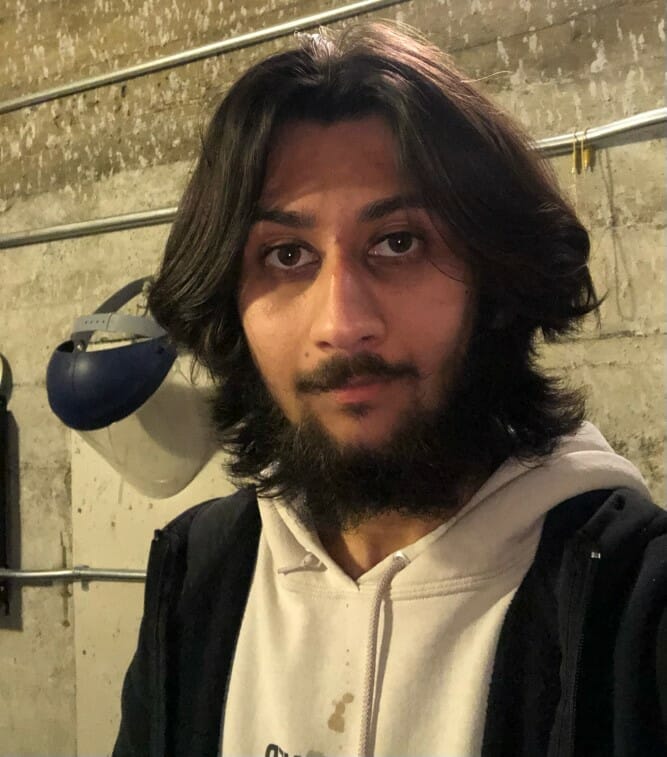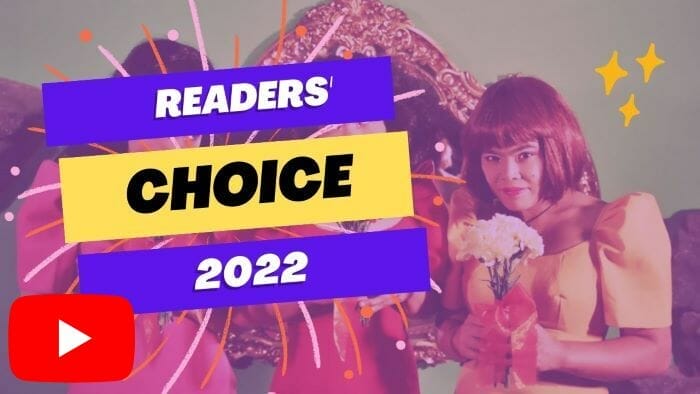When filmmaker Dawn Jones Redstone began work on Mother of Color most of us still had the shocking and disturbing images of children in cages in our head, as did she. For Redstone, Mother of Color “…was an important way to try to tie in, our country’s reckoning with colonialism…”. The film’s promoters report that “…While the film is fiction, the character of Noelia is inspired by its star Ana del Rocío whom Writer/Director Dawn Jones Redstone interviewed to develop an original story. Del Rocío, who is a single mother of two and has long worked in the political sector,(and now) is on the cusp of announcing her real life run for office for Multnomah County Commissioner for District 3. She is the only person of color currently in the race…”
Here, Picture This Post (PTP) talks to Dawn Jones Redstone (DJR) about both the inspiration for Mother of Color and the filmmaking processes they used to communicate their message.
(PTP) Which aspects and techniques of dramatization did you choose as a way to help your audience fully understand the subjective immigrant experience?
(DJR) The main character, Noelia Ruiz, is a single mom whose mom immigrated to the US in pursuit of the American Dream, but despite inheriting that dream and being taught to subscribe to it, her experience of it is that it’s a lie. We see her struggles as a single mom, but also as a woman of color and we see the wounds of her and her family’s struggle.
One of the main images for the film is Mt. Hood, is a potentially active volcano that overlooks the city of Portland where the film takes place. It’s a symbol that the main character’s mother travelled to from another mountain, Machu Picchu, that also briefly appears in the film. She tells her children that the mountain looks over the people down below, but it is also a symbol for the kind of spirituality she must connect with in order to move forward in her life.
The film ultimately asks us all to consider how we can all acknowledge our wounds and heal in order to see the world more clearly and become the people we need to be in order to usher in a better future.
I am a mother of color myself and I also collaborated with the star, Ana del Rocío who inspired the main character. We bring authenticity to this story. I don’t believe that I can only tell stories about my own experience, but I do believe that any filmmaker should subscribe to the rule: “No stories about us, without us.”
How do you think your feelings of social responsibility shaped the film as a socially conscious narrative?
It’s about a character who is actively trying to make the world better as a community organizer and who also dreams of running for office. She’s politically minded and driven to make sure that her two young boys will become the good men the world needs right now. Social responsibility is built into the story through the character’s own desires, but also, by simply showing the realities for immigrants and single mothers, we are inevitably raising awareness.
On a personal level, as filmmaker, I strive to think about what society needs right now and to try to offer something in my storytelling. With Mother of Color, I wanted to make a hopeful film that makes visible the lives of mothers of color who may be struggling and to try to provide catharsis so that we can be made whole despite hardships we may face.
I believe in film as the empathy machine that helps us understand each other better and in this case, we come to understand what it’s actually like to not have childcare when you need it. How does it affect the potential of this young mother? How does it affect society’s potential?
How did you determine the space of mind that the character would be in throughout the film?
Noelia is in almost every single frame of the film. We follow her closely and constantly to reveal her understanding and reactions to the world. At the same time, the film is not entirely rooted in realism. The edit, sound design and visual effects focus our story and helps create the magical elements that come into play throughout the film.
When you are shooting out of order, Ana and I had to be sure to talk through what had just happened and what was about to happen in the script in order to track the character’s feelings across scenes. This was often my starting point as a Director, to check in with our Script Supervisor and the actors to make sure we were in the right headspace. The film has an emotional arc that becomes more and more intense leading up to the climax of the film, so we definitely kept our eye on that.
The star Ana del Rocío and I worked very closely to talk through scenes and allow for her own understanding of the character she inspired to come through. This gave her freedom to take ownership of how the character might respond and made it more authentic than what might have been previously written in the script.
We shot the film about a year after some of the events in the story took place: the images of kids in cages which shocked a nation, the nightly protests in Portland after the murder of George Floyd, etc. It’s a documentation of a moment of turmoil in our city, but also, the prevalence of the protesters at this time was an important way to try to tie in, our country’s reckoning with colonialism. Her struggle is our country’s struggle. Our country’s struggle is a struggle for all of us.
Several of the actors had relevant experiences, like the daycare owner who actually runs a daycare or the protesters who had participated in Portland protests. In general, I believe scripts are made better when actors, who develop their own view of the character, will discuss and offer feedback on what I’ve written. They are embodying the role, and their insights often make things better.
There were definitely some moments also where we simply ran out of time and had to think on our feet in order to move along more quickly. It’s probably on of the hardest parts about being an indie film. You just don’t have as much time and that has an impact on literally every single scene.
Why did you make the choice to include elements of magical-realism?
I don’t think of it as magical realism. I think that the character is having visions that are not unlike images or visualizations of feelings that have come to me before when doing energy work or meditating. The character is very real to me AND I very much believe that our ancestors are with us. The audience can decide how they choose to go along with the idea of ancestral communication. Is it all a device? Or is it something that, if the possibility is allowed, we might all be open to and experience?
But also, these visuals are certainly a way to bring to life the power of the ancestors who brought us to this moment in time, and they make the story richer than a straightforward social drama by creating suspense and intrigue. Even that is part of my own reality though, as I often wonder if I’m on the receiving end of some sort of message, but I am struggling to see or make sense of it. The audience is along for that same ride.
Anything else you would like to tell Picture this Post readers?
One of the important aspects of the film was how we choose to make it. Our cast and crew was made up mostly of women of color who identify as LGBTQIA+. In order to do this on a production or our size, the production team (Tara Johnson-Medinger, Ashley Song and I) worked extra hard to identify folks who were ready to move up into new positions with support and mentorship in place. Making space for underrepresented folks is part of the whole message of the film!
HIGHLY RECOMMENDED
Nominate this for The Picture This Post BEST OF 2023???
Click Readers' Choice!
For more information visit the MOTHER OF COLOR website.
All images courtesy of Dawn Jones Redstone and Mother of Color; production stills by Jason Quigley.

About the Author: Yash Pathak
Yash keeps an extensive back catalogue of ideas circulating around his head and his room- papers and papers of impractical but still meaningful thoughts written mostly in English, other times in Hindi, and sometimes in gibberish. There was a lot of his mind he found represented within the medium of film. Ever since discovering the likes of Truffaut and Godard, he started theorizing, thinking, and reading as much as he possibly could. He has a keen knowledge of niche facets of its history, and can give a lecture on just about any decade of movie-making. He keeps an eye and an ear on the heart of San Francisco, his home, and when he isn't writing he is working on making films, playing music, repairing old film projectors, curating art for small venues, sewing, or just relaxing in a park he will eventually get around to learning the name of.





















